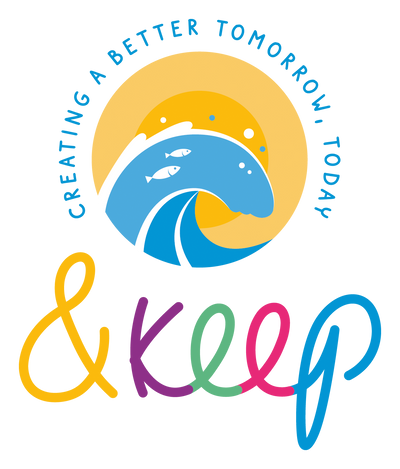Textile Buying Guide
You will find a variety of sumptuous textiles throughout our pages so here is some information to assist your buying choices.
Cotton Duck is a heavy, plain woven cotton fabric - woven with 2 yarns together in the warp and a single yarn in the weft. Despite its name, this fabric has nothing to do with waterfowl or their feathers. The term "duck" comes from the Dutch word doek, which refers to a linen canvas once used for sailors’ white trousers and outerwear. The word "cotton" has been added to modern duck items simply to distinguish them from traditional linen duck. Interestingly, cotton duck is related to Duct tape, often called "duck tape", which was originally manufactured by adding an adhesive backing to regular cotton duck.
Laura Spring uses cotton duck to make her range.
Linen is a textile derived from the cellulose fibres of the flax plant. It is laborious to manufacture but the fibre is very absorbent and garments made of linen are valued for their exceptional coolness and freshness in hot weather. History shows linen to be one of the oldest fibres in the world. Linen has a natural lustre and can absorb a good amount of moisture without feeling unpleasantly damp to the skin, unlike cotton. Linen is a very durable, strong fabric, and one of the few that are stronger wet than dry. Lapuan Kankurit use linen in many of their wares especially their runners and teatowels.
 The flax plant does not require much energy or water resources to produce, and the entire plant is used to make linen, leaving no waste footprint. Linen is naturally biodegradable and recyclable. It is durable and will last an average twenty years when worn as clothing.
The flax plant does not require much energy or water resources to produce, and the entire plant is used to make linen, leaving no waste footprint. Linen is naturally biodegradable and recyclable. It is durable and will last an average twenty years when worn as clothing.
There’s a difference between cotton and organic cotton. Your typical cotton is usually filled with pesticides, which is not kind to the environment at all. When you go organic, there are no pesticides used in the process, making this fabric easier on our planet. Organic cotton was Temporary Measure’s choice when designing their children’s prints and Lapuan Kankurit combine it with linen in many of their products, such as oven gloves and aprons.
Interesting fact: Georgia Bosson uses Fabriano 5 paper for her prints which are made of 50% cotton.










